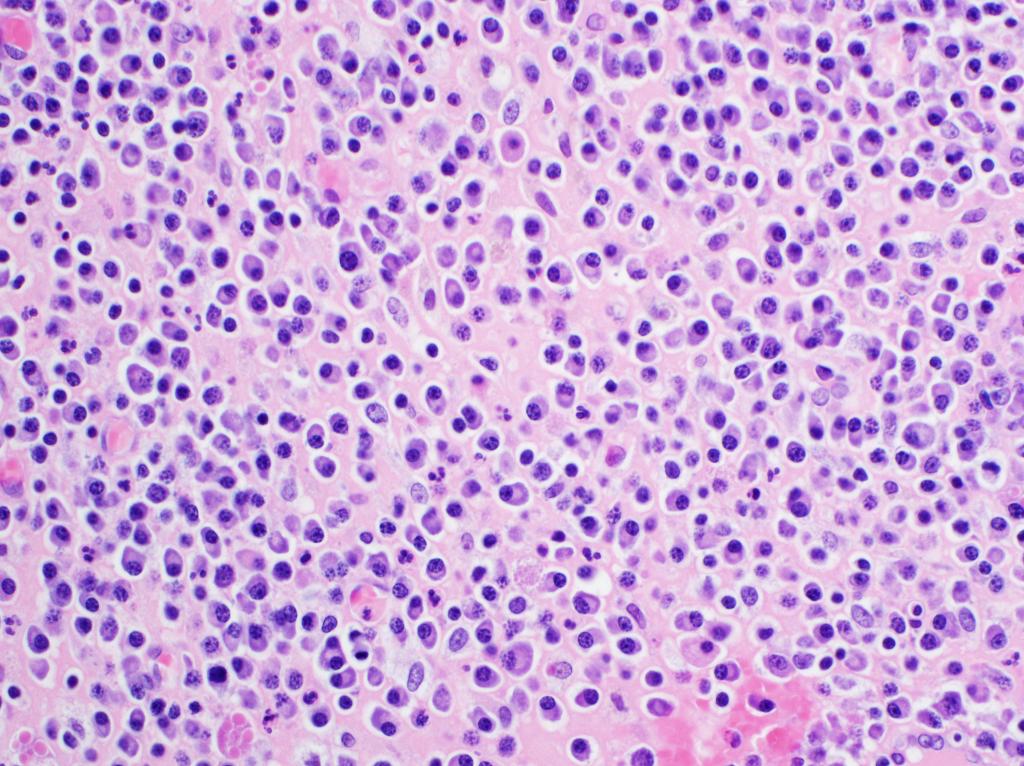Cancer is deadly no matter which form it takes, but certain types of cancer can target even the healthiest of people. Multiple myeloma is a rare cancer that targets the senior community – and anyone over age 60 is at risk. Be sure to check online right now for common early symptoms to avoid getting treatment too late.
Multiple myeloma most commonly affects those who are enjoying their golden years. If you want to stay safe, you need to know the signs, symptoms, and ways to treat multiple myeloma in case it strikes in your body. Luckily, up-to-date information on early symptoms and treatments can all be found online prior to consulting a doctor.
 Early Warning Signs of Multiple Myeloma
Early Warning Signs of Multiple Myeloma
Few people know what multiple myeloma is. According to Healthline¹, multiple myeloma is a rare cancer that affects the body’s plasma cells.
The American Cancer Society² reports that multiple myeloma occurs most commonly in those who are over 60 years old. Other factors that can increase your odds of developing this cancer are being male, obese, or of African American descent.
Of course, multiple myeloma can strike anyone. The symptoms of multiple myeloma vary depending on how far the condition has progressed – and initially, you may show no symptoms at all. As the damaged plasma cells start to multiply, the following warning signs will begin to appear:
- Bone pain
- Increased bone fractures or breaks
- Pinched nerves
- Fatigue
- Weakened immune system
How is Multiple Myeloma Diagnosed?
If you begin exhibiting any of the above symptoms, it’s time to ask your doctor to test for multiple myeloma. As you age, you undergo quite a few screenings and tests regularly, but cancer screenings aren’t usually offered unless specifically requested.
In order to detect multiple myeloma, the Mayo Clinic³ reports four tests need to be performed:
- A blood test, which will reflect your blood cell count. A low blood cell count can indicate cancer.
- Imaging tests such as MRIs or X-rays.
- Bone marrow sampling. Myeloma cells are found in the bone marrow, so this is often the first place multiple myeloma is detected.
- A urine test, which will check for proteins common with multiple myeloma.
Your doctor may order additional tests to rule out any other conditions that share symptoms with this rare cancer. It’s important to ask for screening and testing at the first sign of symptoms – that’s the only way to improve your prognosis with cancer..
How is Multiple Myeloma Treated?
Unfortunately, there is no known cure for multiple myeloma. All of the currently available treatment options are centered around alleviating your physical discomfort and increasing life expectancy. This is important because multiple myeloma shows so few symptoms early on. Those who don’t seek out treatment quickly often live less than five years after the first myeloma cells appear, the American Cancer Society⁴ reports. As this type of cancer progresses, many patients die within four years.
To alleviate the bone pain multiple myeloma causes, your doctor will likely prescribe strong pain medicines. Caution has to be used with these medications, though, because they’re opiate-based medicines and are very addictive. On top of this, cancer patients often build up a tolerance to opioids over time, meaning the dose has to be increased repeatedly for the medications to be even mildly effective.
In order to increase your life expectancy, you can also take drugs designed to target some of the proteins found in myeloma cells. These drugs work by killing off some of the damaged cells, which reduces their population. Immunotherapy can also be effective for this purpose too because it boosts the body’s natural immune system response in order to help you more easily fight off the foreign invaders.
Once you’ve reached the later stages of multiple myeloma cancer, oncologists often recommend chemotherapy as a last attempt to kill off as many of the cancer cells as possible. The drugs used for chemotherapy also destroy healthy cells, which can bring harsh side effects. So, if a donor is available, a better option is often a bone marrow transplant, which can replace the damaged bone marrow with healthy marrow.
All seniors should be aware of the signs of multiple myeloma. You don’t want to miss the subtle early signs that many people overlook and allow the cancer to progress; instead, you need to stop it in its tracks. Pay close attention to what your body is telling you and make sure you see your doctor regularly to check on your health.
Like anything, it’s always a good idea to be aware of the latest research. We recommend comparing at least 3 or 4 options before making a final decision. Doing a search online is typically the quickest, most thorough way to discover all the pros and cons you need to keep in mind.


